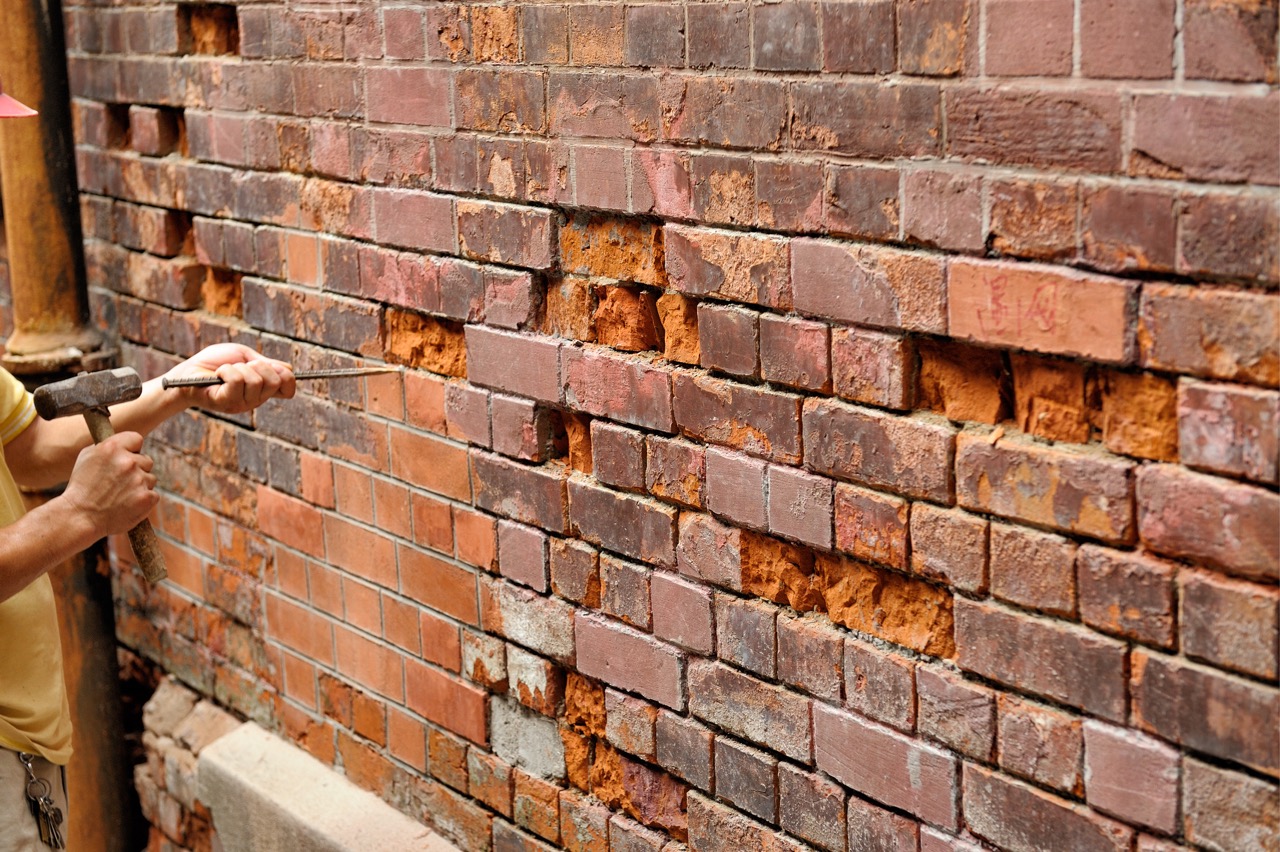Unlocking the Secrets of Lasting Stonework Construction Practices for Eco-Friendly Structures
In the realm of modern construction, the quest of lasting methods has come to be extremely important. Amongst the myriad techniques to eco-friendly structure, lasting stonework building attracts attention as a time-tested and durable approach that holds a wide range of untapped possibility. From the choice of products to innovative building and construction methods, the keys to accomplishing sustainability within stonework building and construction are diverse and appealing. By exploring the advantages, products, methods, and future patterns of lasting masonry, a much deeper understanding of just how these methods can shape the future of environmentally friendly buildings emerges.
Advantages of Sustainable Stonework Building And Construction
Welcoming lasting stonework construction methods not only minimizes environmental effect however likewise supplies long-term economic benefits to home builders and areas. By using materials like recycled bricks, obstructs, and rocks, building contractors can substantially reduce the carbon impact of their jobs while advertising source performance. Furthermore, lasting masonry building and construction methods, such as correct insulation and thermal mass residential or commercial properties, can improve power effectiveness within buildings, bring about decreased functional prices over time.
Moreover, the durability and strength of stonework structures add to lasting economic advantages. Buildings built utilizing lasting masonry methods often call for less repair and maintenance, converting to cost savings for contractors and property owners. The durability of stonework materials also makes sure that structures remain steady and secure, lowering the need for frequent renovations or substitutes.
Eco-Friendly Stonework Products
Using environment-friendly stonework materials is a critical step towards improving the sustainability of building and construction techniques and minimizing environmental effect while optimizing long-term financial benefits. Lasting masonry products are sourced, generated, and made use of in a way that lowers total ecological influence. Lasting concrete blocks incorporate recycled accumulations and may include enhanced insulation properties, adding to power effectiveness in structures.
Moreover, natural materials like adobe, rammed earth, and straw bales give exceptional thermal mass homes, decreasing the need for heating and cooling energy. These products are usually locally offered, promoting regional economic climates and lowering transportation-related carbon exhausts. By selecting environmentally friendly masonry products, building jobs can dramatically lower their environmental footprint and contribute to the development of much healthier, much more sustainable developed atmospheres.
Energy-Efficient Masonry Techniques
Power efficiency plays a crucial function in improving the sustainability of masonry building and construction practices. By executing energy-efficient masonry methods, contractors can significantly lower the general power usage of a structure, causing reduced operational costs and a smaller ecological footprint. One essential energy-efficient stonework method is the usage of thermal mass, which includes including thick materials like concrete or brick right into the structure's framework to take in and save warm. Home Page This assists regulate indoor temperatures, decreasing the need for mechanical heating and quikrete concrete resurfacer cooling systems.

Advancements in Sustainable Masonry
Current advancements in lasting stonework practices have actually produced cutting-edge methods that are improving the construction market. One such innovation is the development of self-healing concrete, which makes use of microorganisms installed within the concrete to heal fractures autonomously. This development not just minimizes upkeep prices but additionally improves the durability of stonework frameworks, contributing to their sustainability.
One more remarkable innovation is making use of recycled aggregates in stonework construction - masonry contractor. By including products such as crushed ceramic waste or recycled glass right into concrete mixes, home builders can lower the ecological effect of construction jobs while keeping architectural honesty. This practice not only draws away waste from land fills yet additionally conserves natural resources, making it a key improvement in sustainable masonry construction
Moreover, the assimilation of digital design tools, such as Building Info Modeling (BIM), is changing the means stonework frameworks are planned and constructed. BIM permits for even more you could try these out precise calculations, lowered product wastefulness, and improved power effectiveness, inevitably leading to more sustainable structure practices. These advancements collectively signify a promising future for lasting masonry building in the era of eco-friendly buildings.
Future Trends in Masonry Sustainability
With the innovative strides made in lasting masonry methods, the future trends in masonry sustainability are positioned to additional reinvent the building sector. Among the key patterns forming the future of stonework sustainability is the raised integration of technology. Improvements such as Building Information Modeling (BIM) and online truth simulations are being used to maximize masonry building procedures, bring about decreased product waste and boosted energy effectiveness in buildings.
Furthermore, the advancement of unique sustainable materials is established to play a substantial function in improving the eco-friendliness of masonry building and construction. masonry contractor. Technologies like self-healing concrete, recycled aggregates, and bio-based binders are getting traction for their capacity to minimize ecological effect while maintaining structural stability

Conclusion
In conclusion, lasting stonework building and construction practices supply many benefits for environmentally friendly buildings. masonry contractor. Technologies in lasting stonework are continually being established to further enhance the environmental performance of buildings.